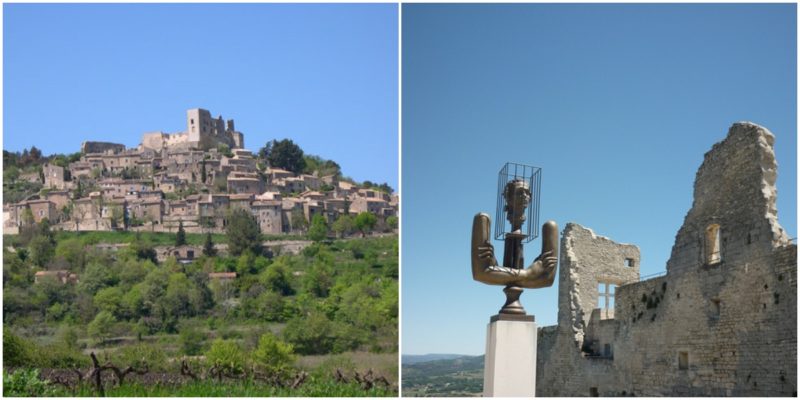In the south of France in Provence, arguably the most beautiful part of the country, overlooking the village of Lacoste stands one the castles that belonged to the man who put Sad in Sadism: the infamous Donatien Alphonse François, Marquis de Sade. His persona and written works were so much greater than the castle and any of it’s previous owners that it became known locally during his lifetime as “the castle of the Marquis de Sade.”
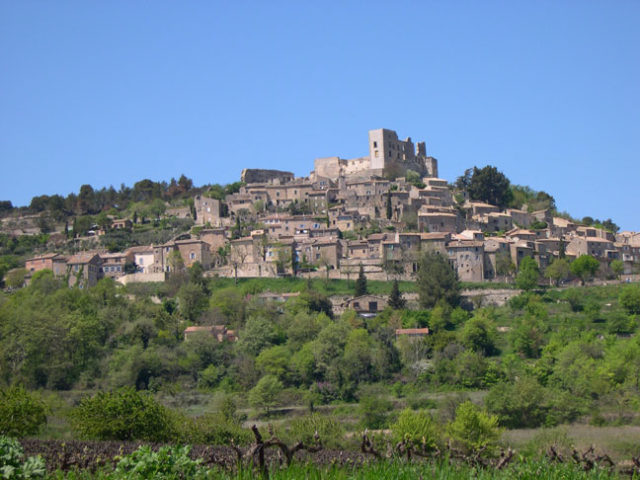
The castle itself is located on the northern flank of the village in the Little Luberon mountain range. This naturally tactical position offers superb views of the horizon in every direction — to the valley of Calavon, the Alps, Mont Ventous, and Monts de Vaucluse to the north, and the village of Bonniex can be seen to the east with the Grand Luberon Mountains behind it. The castle can be reached from Lacoste by a footpath through the Calavon Valley.
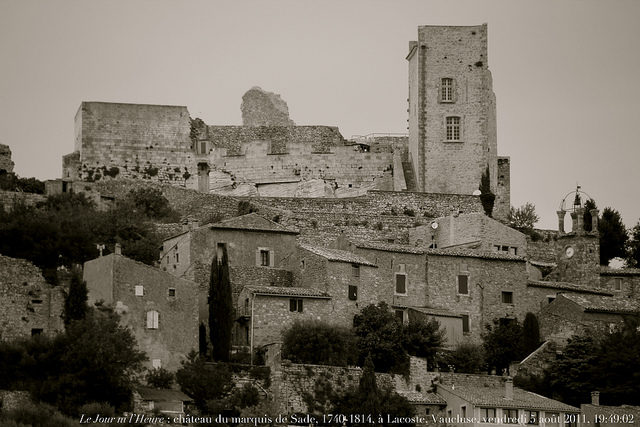
The origins of Château de Lacoste can be traced back to the 11th century. It’s first known owners were the Simiane family and they held possession of it for many centuries. The castle was transferred to the Sade family in either 1627 or 1716, and there are different stories relating to each date.
The first states that the Simians had no male heir and their oldest daughter was married to Jean Baptiste de Sade, great-grandfather of the Marquis de Sade; the second is that Isabelle Simiane left the castle in her will to her cousin, Gaspard Francois de Sade, the Lord of Saumane and Mazan at the time.
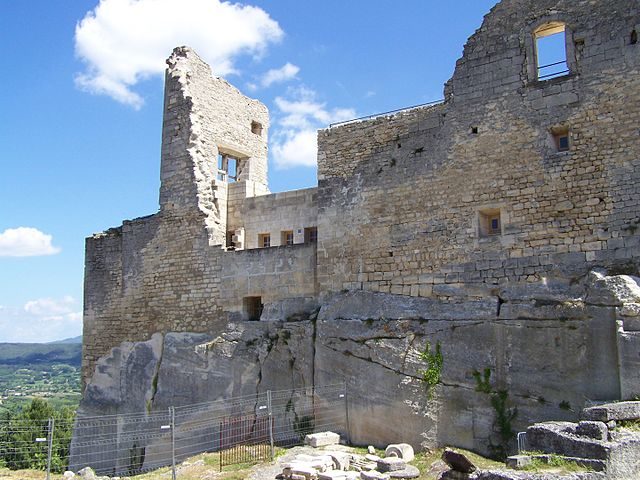
The Marquis de Sade enjoyed the views and benefits of the castle periodically throughout his life, dividing his time between Provence and his home in Paris. This remote place that would be his bolthole more than once. He spent some time at Château de Lacoste following one of his numerous sexual scandals, in which a prostitute named Rose Keller pressed charges for his masochistic bedroom antics. Then, after receiving a death sentence in 1772 for poisoning and sodomy, he escaped from his prison, the Fortress of Miolans, he fled first to Italy and then came to hide out at Château de Lacoste.
Sade stayed for almost five years, during which time he renovated the castle, adding a theater hall with 120 seats for spectators where he could organize, direct, and most of all enjoy the plays. But this visit came to an end in 1777 when he was tricked into coming back to Paris on account of his ill mother, and was arrested and incarcerated in Château de Vincennes. He succeeded in sneaking one more short visit to the castle between July 16 and September 7 of 1778, as he managed to escape while he was being transferred to Aix.
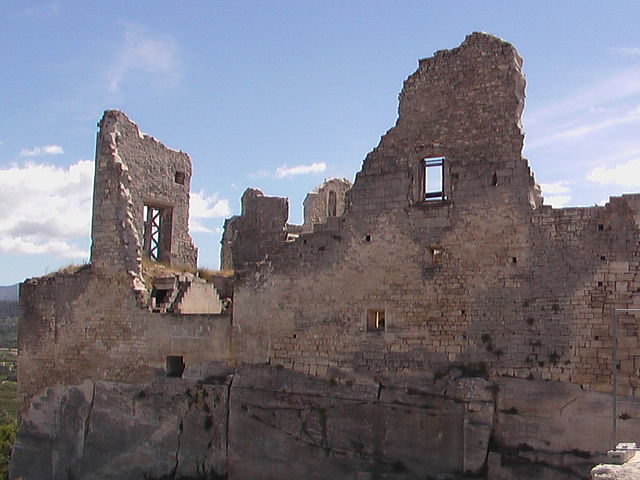
During the French Revolution in 1789, the Marquis de Sade was transferred from Bastille to an insane asylum, just 14 days before the historic storming of the prison. During this time his beloved castle was vandalized, looted, and very much destroyed. When the Marquis de Sade, now after the revolution calling himself citizen Sade, upon hearing what happened to the castle declared: “What a loss! Above any expression… I am in despair!” He immortalized Château de Lacoste in two of his known written works: The Marquis of Gange and his masterpiece The 120 Days of Sodom.
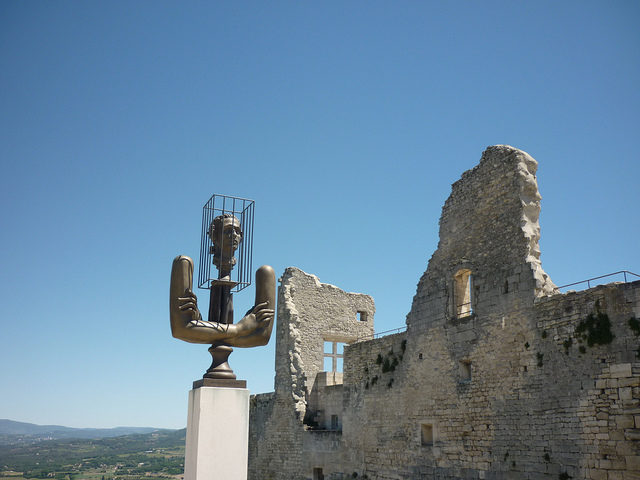
Disastrous debts hung over citizen Sade and he was forced to sell the castle in 1796. Since then Château de Lacoste has changed hands several times; the current owner is fashion designer Pierre Cardin who bought the property in 2001 and has implemented a program of renovation. Every year summer Pierre Cardin organizes the Lacoste music festival.
